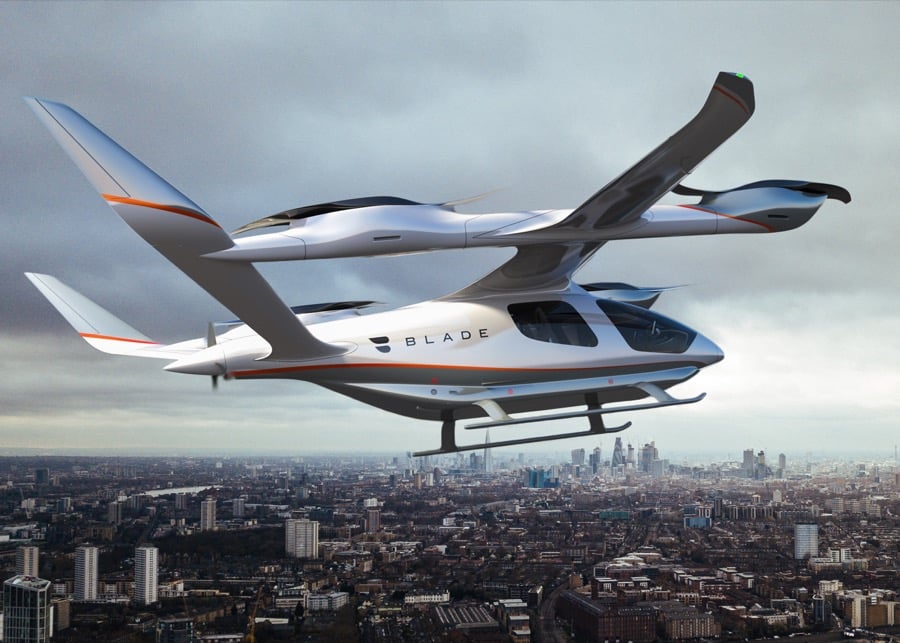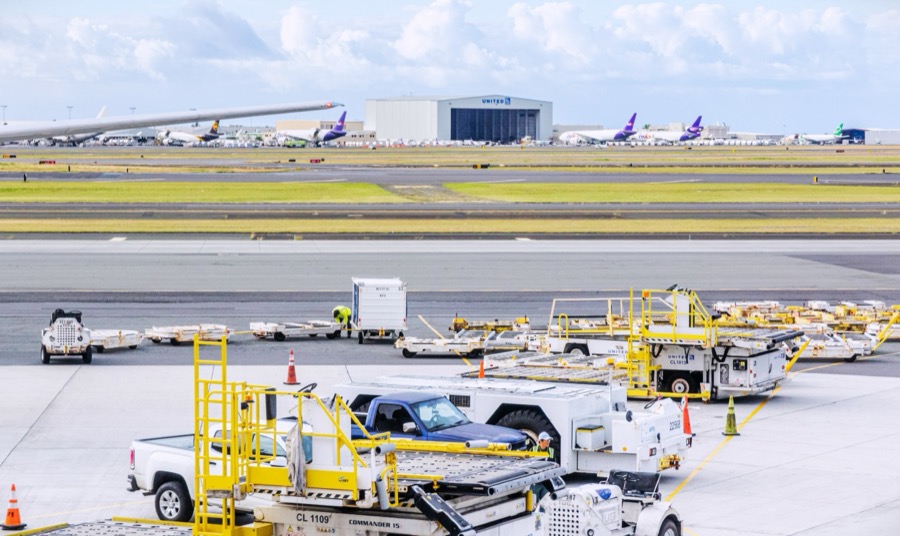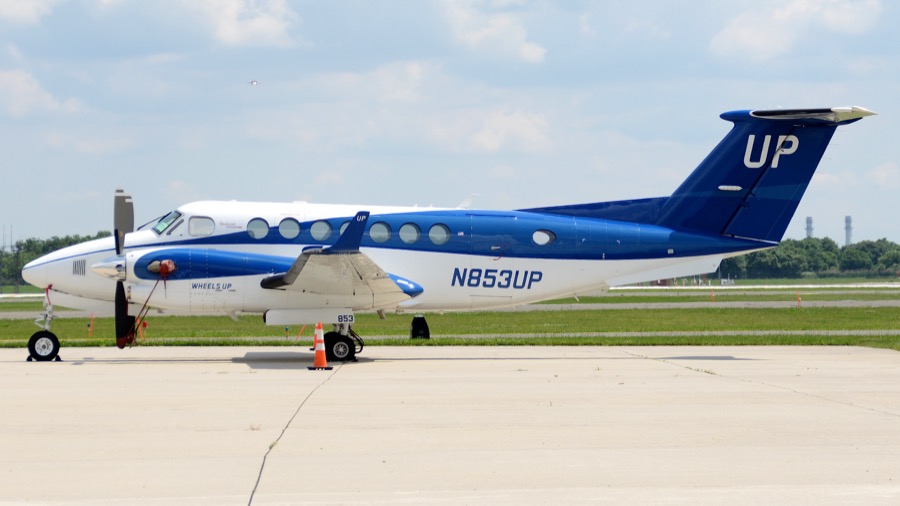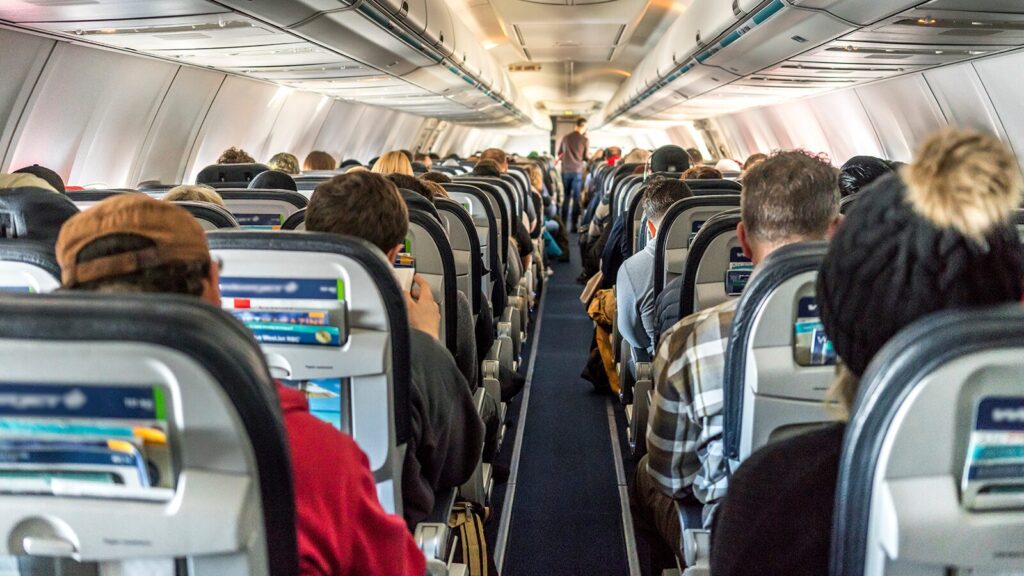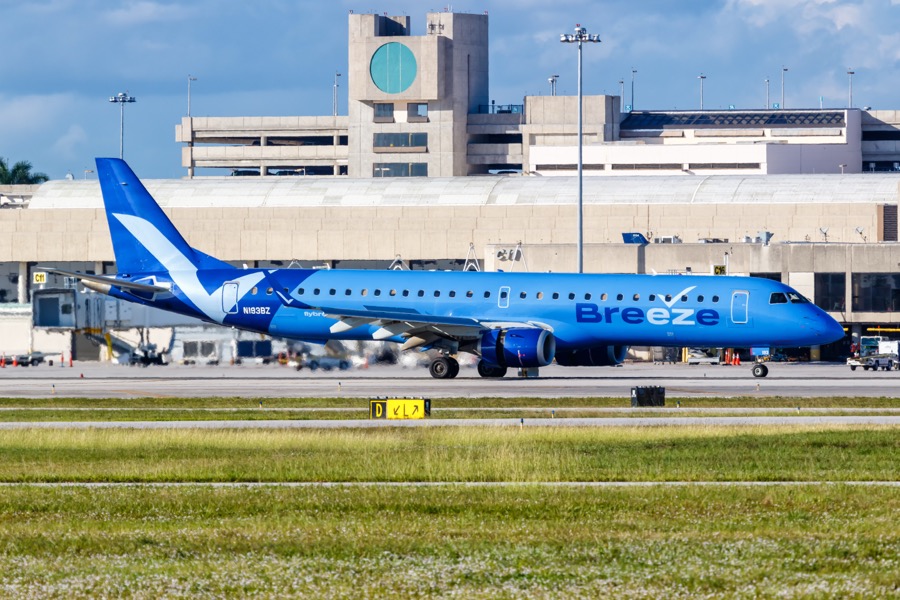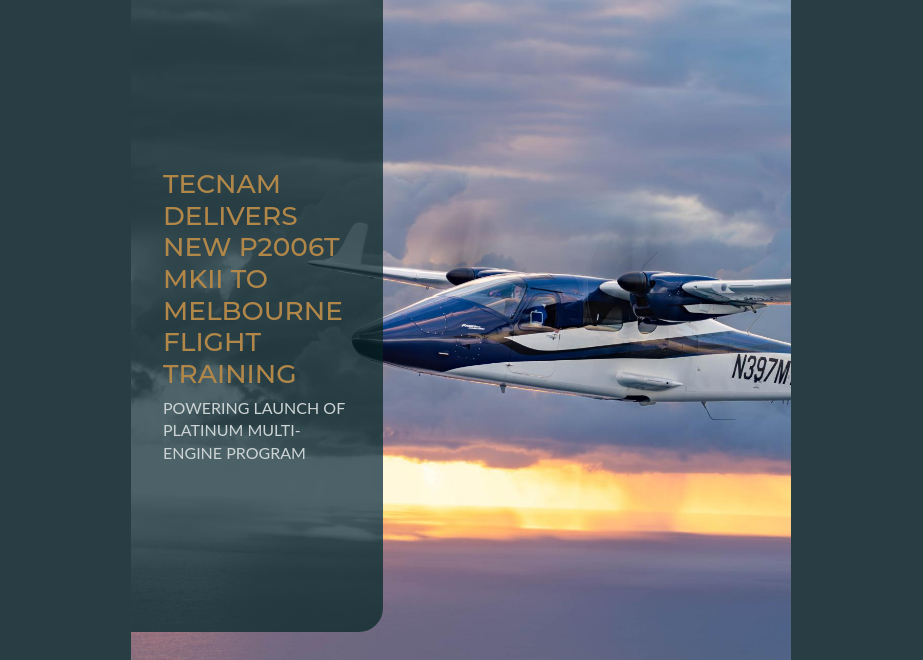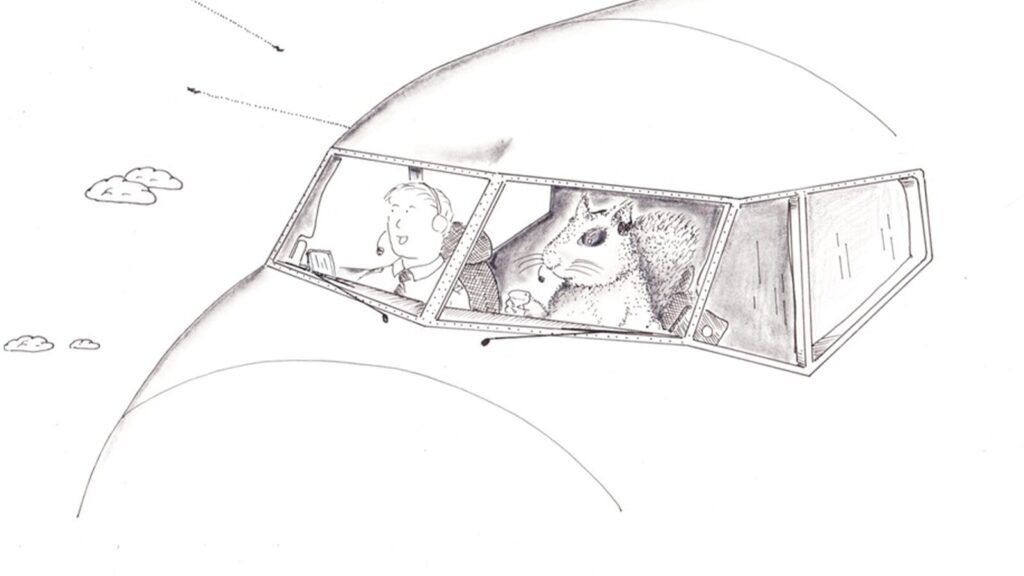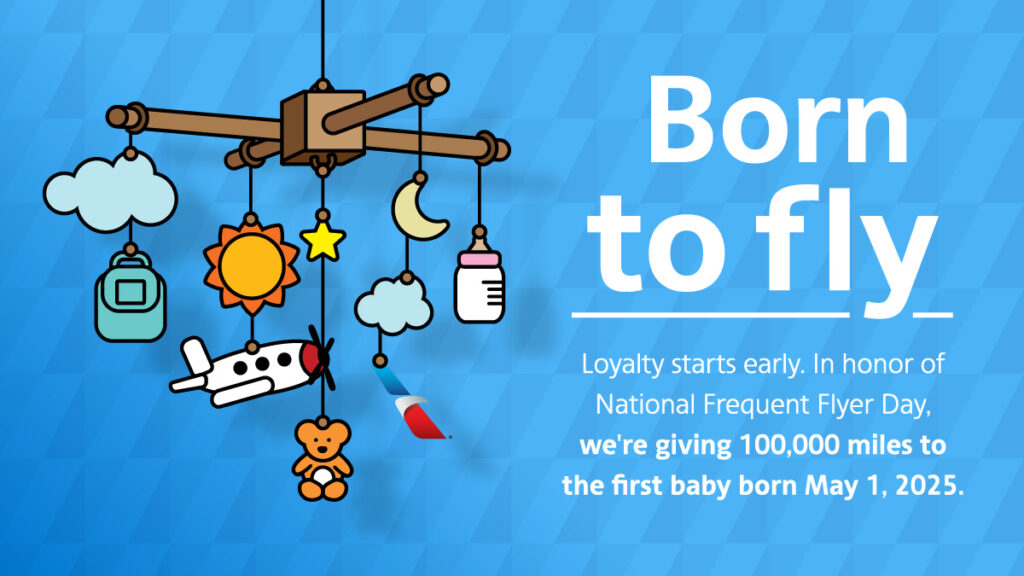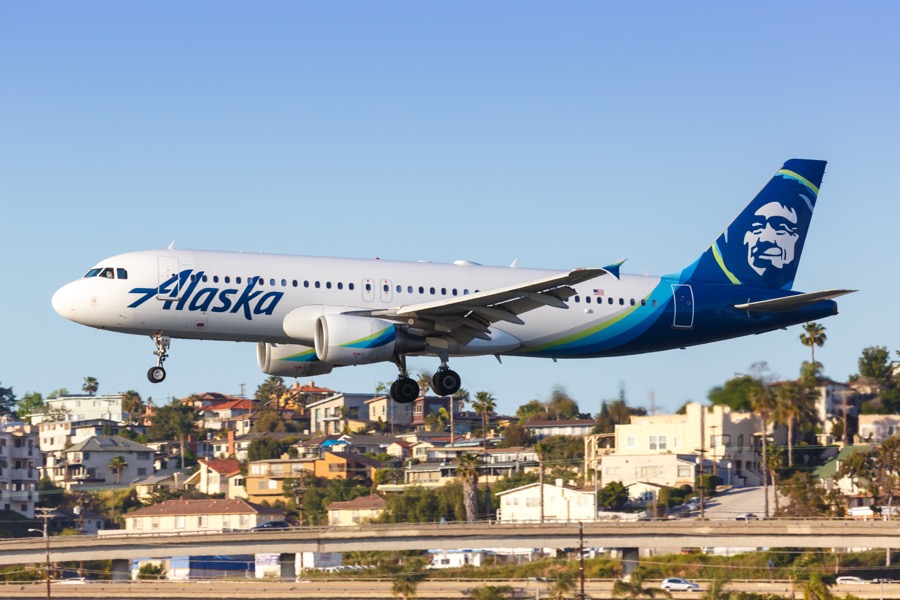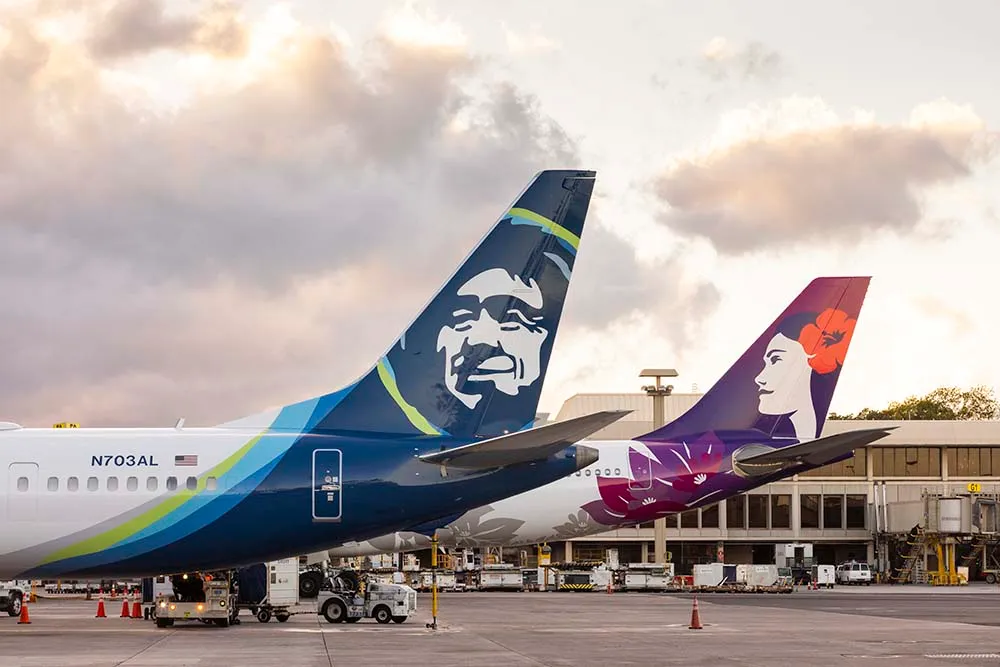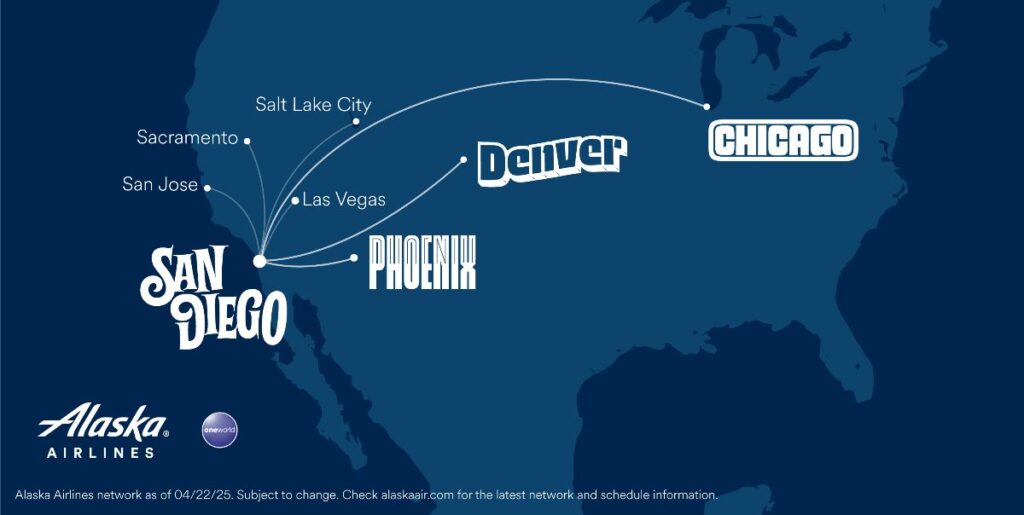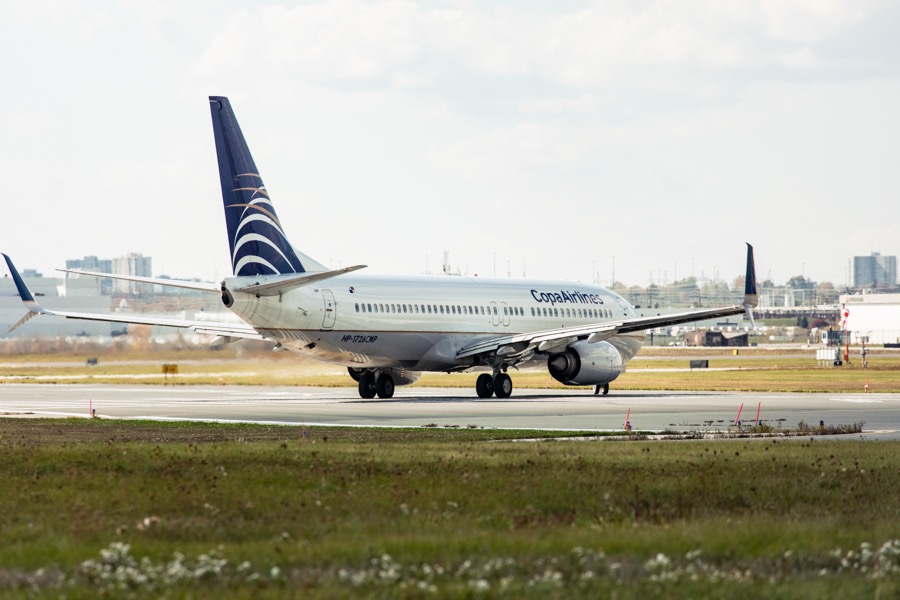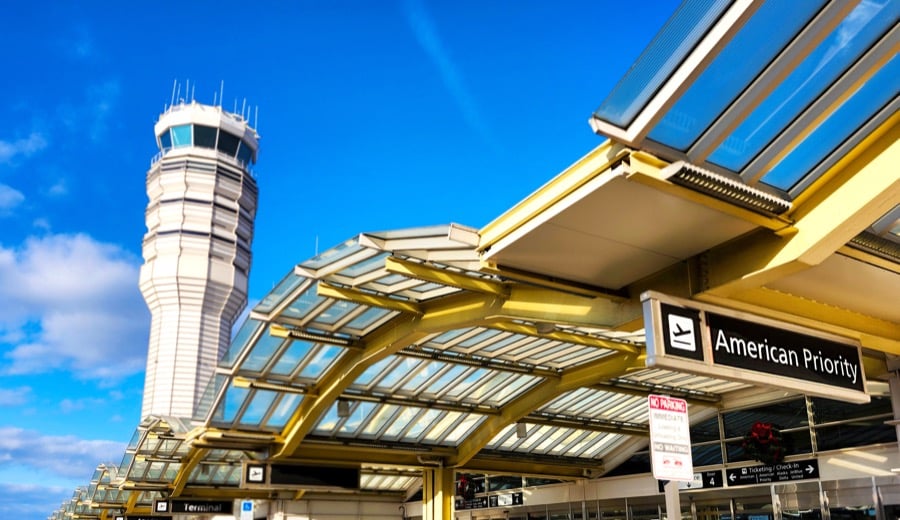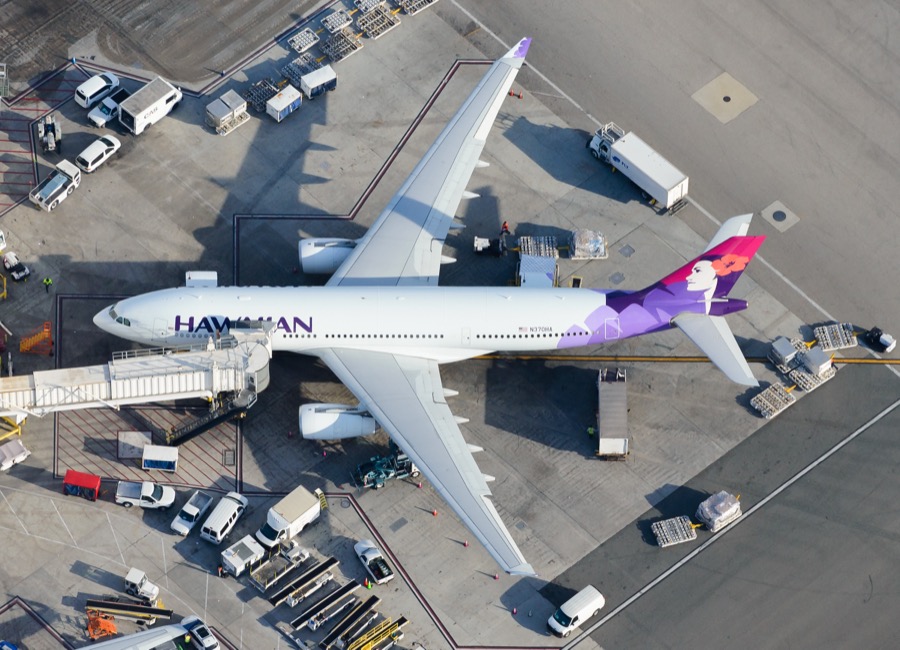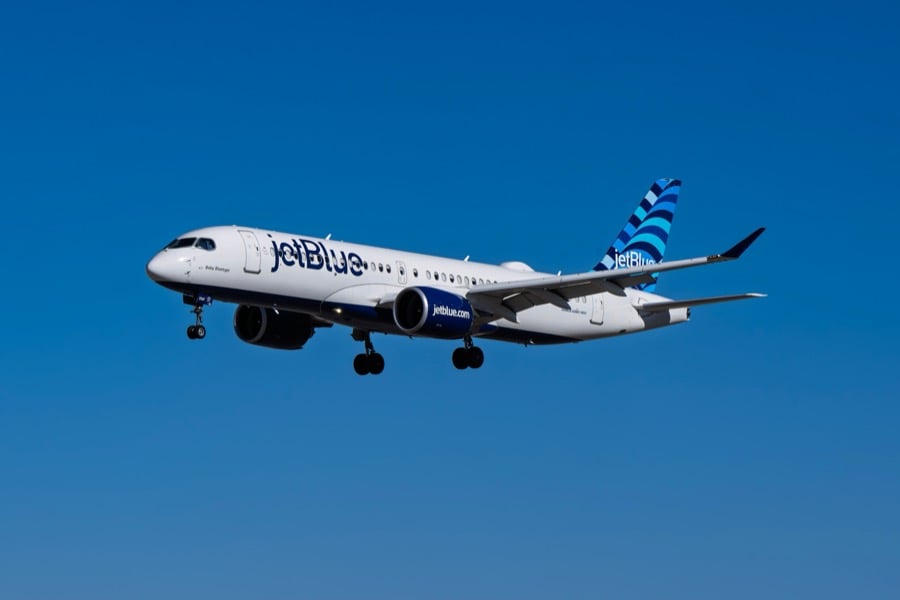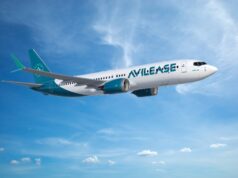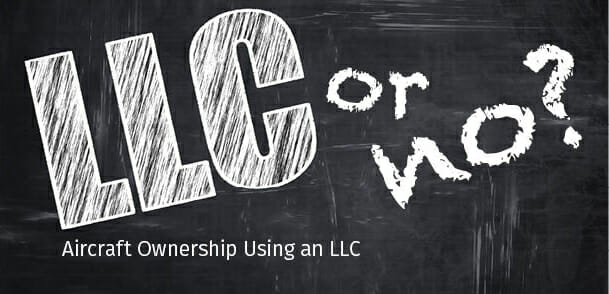 Many times I’ve gotten calls from pilots looking to buy an airplane with a partner or two. I enjoy these conversations, and I enjoy setting up the legal side of their airplane’s operation. It’s always a joyful time when pilots get a new ride. The conversation usually starts with which legal entity to use. The typical methods are these, going from simple to complex:
Many times I’ve gotten calls from pilots looking to buy an airplane with a partner or two. I enjoy these conversations, and I enjoy setting up the legal side of their airplane’s operation. It’s always a joyful time when pilots get a new ride. The conversation usually starts with which legal entity to use. The typical methods are these, going from simple to complex:
1. Partnership.
A partnership (also called “co-ownership”) can be as simple as a handshake. I run into this often. The pilots may have a quick discussion about “splitting the maintenance” and then they go fly. Or the pilots may formalize their agreement with a written co-ownership agreement. The AOPA offers some good free advice on how to draft a good co-ownership agreement. Co-owners are listed individually on the FAA registration application.
There are a few things to think about with co-ownership. For one, all liabilities are shared jointly and severally among the owners. This could lead to all owners being named individually in the event of a lawsuit due to the negligence of one owner. Also, any change in ownership requires a new FAA registration application (which the FAA kindly forwards to your state’s revenue department).
If you do form a co-ownership, be sure and write a comprehensive agreement that details important things like how owners can sell their stake in the aircraft, what happens if an owner dies, and how expenses will be paid (split between fixed and hourly is best). An aviation attorney can help draft an effective agreement.
2. Limited Liability Company (LLC). An LLC is usually what I recommend for aircraft ownership. It provides a shield from liability for the other members when one member is negligent. It provides a measure of privacy, in that the ownership details of the aircraft are not public information. An LLC structure also makes it easy to buy or sell a membership interest.
LLC’s should always have a comprehensive “operating agreement” that details the operation of the LLC, as well as the buying/selling of interests, provisions for the death or default of a member, etc. But if a proper operating agreement is not written, most states have laws that “fill in the blanks” and provide rules for LLC operation, similar to when someone dies without a will.
LLC’s are easily formed, usually just requiring a name reservation, the filing of a certificate with a probate court, and the drafting of an operating agreement. LLC’s also have to register with their state’s revenue department.
3. Corporation. Corporations are more involved than LLC’s and often require the assistance of at least a part-time accountant to file necessary state reports. The only time I have formed a corporation for aircraft ownership was when the owner was a non-profit organization.
A Note of Caution. There is a danger to avoid if an aircraft owner is not a pilot and will be hiring pilots — the “flight department company trap.” If the aircraft is owned in an LLC or
corporation, make sure that “operational control” rests with the entity riding in the back of the plane, not the entity that owns the plane. Otherwise the FAA could find that the LLC or corporation is actually acting as an illegal charter operator, and the results can be disastrous. The IRS can even get involved, claiming that federal excise tax is due. If you are a pilot and are asked to fly an aircraft owned by an LLC or corporation but operated by another entity, be sure to look at the dry lease and read FAR 91.23. Better yet, run it by a competent aviation attorney. ACN














